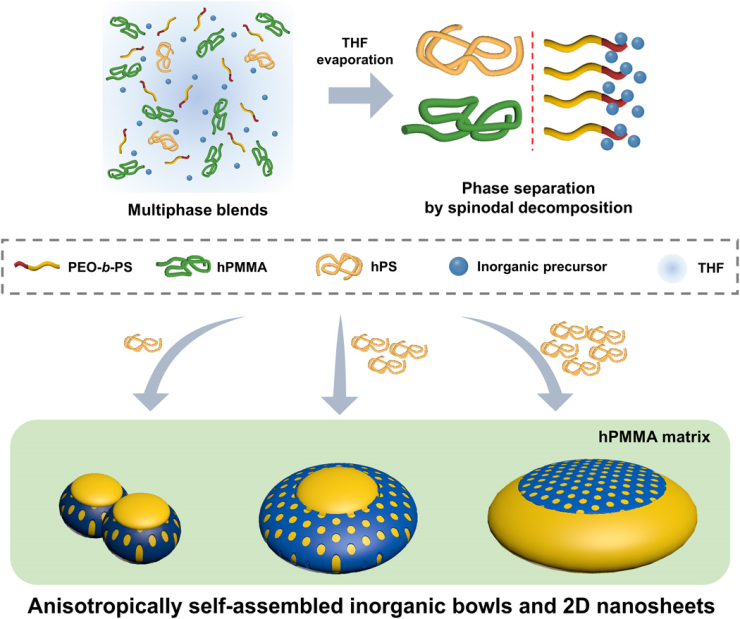- About Ajou
- Admission
- Academics
- Research
-
International
International
- Campus Life
-
News and Event
News and Event
- AUT
Ajou News
NEW Prof. Hwang Jong-kook and Team Develop Original Technology for Controlling Shapes of Porous Nanomaterials
- 2020-09-21
- 7313

A team of researchers including Ajou’s own Prof. Hwang Jon-kook (Department of Chemical Engineering) has developed a new original technology for controlling the shapes of porous nanomaterials. The team’s discovery is expected to help solve current roadblocks to innovation in various fields, including secondary cells and energy storage systems, as well as energy, catalysts, environmental engineering, and medicine.
The article, listing Prof. Hwang as the principal author, was published in the August 12 online issue of Science Advances (IF = 13.116, JCR 4.93%), a sister publication of Science. Dr. Kim Seong-seop and Prof. Lee Jin-woo of the Korea Advanced Institute of Science and Technology (KAIST) were also on the team.
The title of the article reads: “Polymer blend directed anisotropic self-assembly toward mesoporous inorganic bowls and nanosheets.”
The team has developed a new mechanism which can easily control the shapes of molecules and nanostructures by simply combining and heating an organic polymer blend and an inorganic metal oxide precursor. Furthermore, the team demonstrated that the dish-shaped niobium oxide created by applying their method offers the highest-possible levels of performance and safety when used as an anode for a potassium ion battery, which garners attention as a potential material for next-generation secondary batteries.
Researchers worldwide have so far sought to control the shapes of porous materials through complex and often expensive methods. These methods, however, failed to ensure precise and efficient control of porous nanostructures and particles. Accordingly, there has been growing demand for a new technique that is simpler, less expensive, and more capable of controlling all relevant factors, including size, structure and shape of pores.
Prof. Hwang’s team found a solution in the self-assembly effect of multicomponent polymer blends. Multicomponent polymer blends can assemble themselves into complex and sophisticated nanostructures when certain conditions are met. Although this mechanism has long been known in polymer physics, few actual applications have been made out of it.
Prof. Hwang’s team established a design guideline that brings together the self-assembly mechanism of multicomponent polymer blends with inorganic material chemistry, and the result—the anisotropically self-assembled particle (ASAP)—was thus born, promising simple and easy ways to control nanostructure, chemical composition and shape of porous materials.
Prof. Hwang explains: “Our work is significant in that it demonstrates, for the first time, that self-assembling polymer blends can be used to solve the problem with synthesizing porous inorganic materials.” He adds, “This means that we can now pioneer new fields of interdisciplinary research that connect polymer physics and inorganic material chemistry.”
As a nanoenergy and material specialist, Prof. Hwang has long been researching ways to control the structures and shapes of porous nanomaterials. His future research plans include finding simple methods for synthesizing inorganic porous materials and producing customized designs for electrodes of next-generation secondary batteries.
*Pictured: A diagram of ASAP, a porous inorganic material using the self-assembly of a multicomponent polymer blend.
